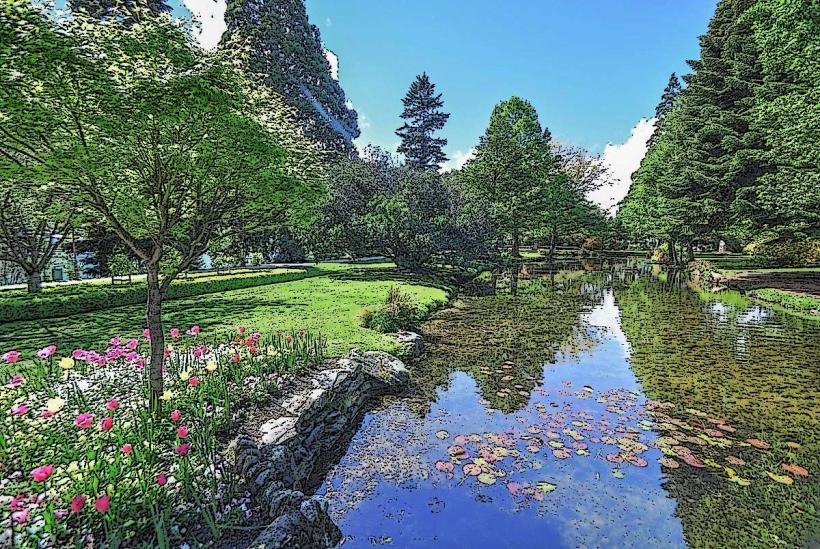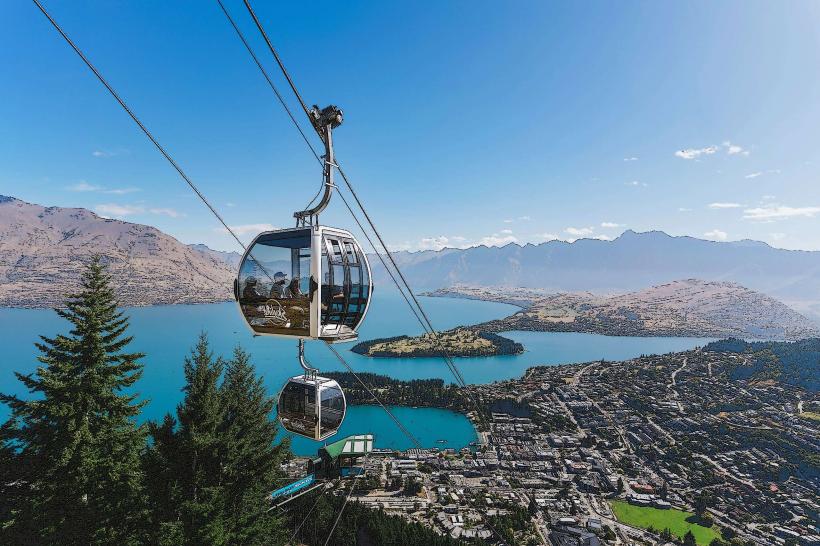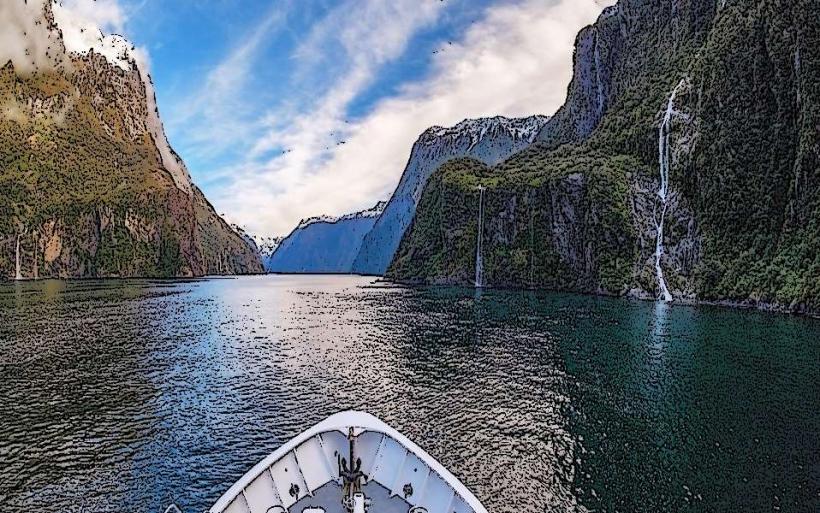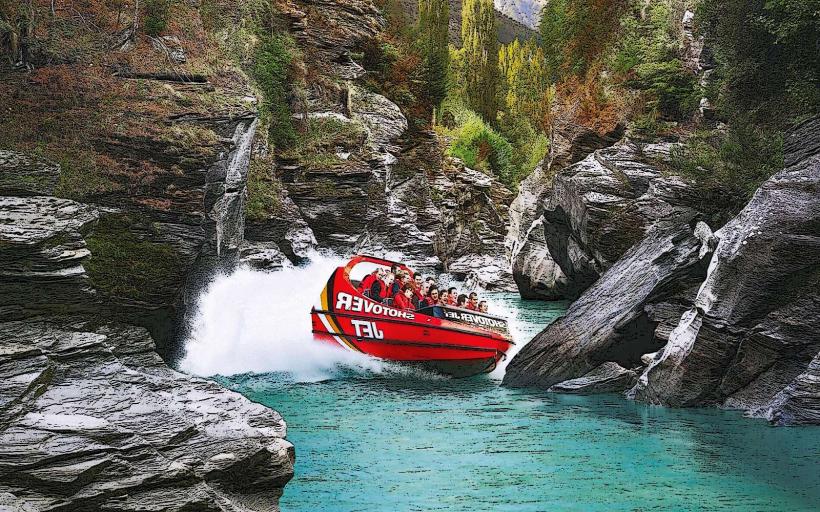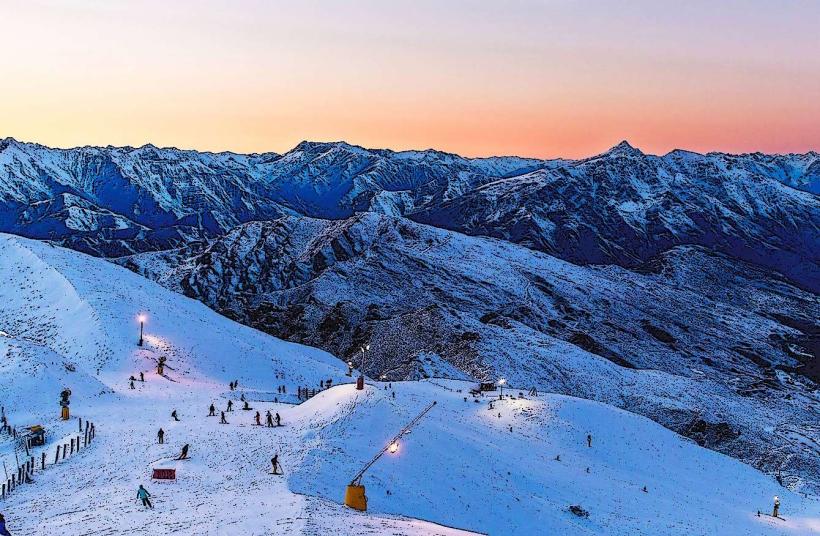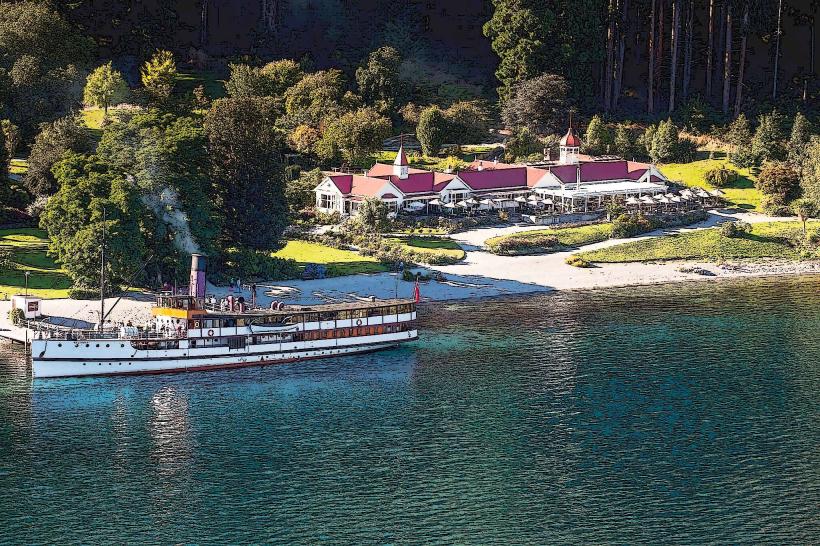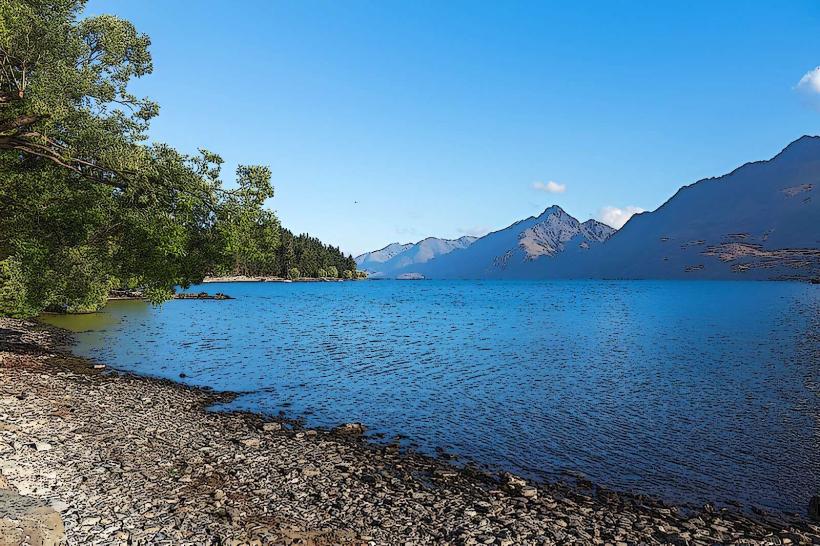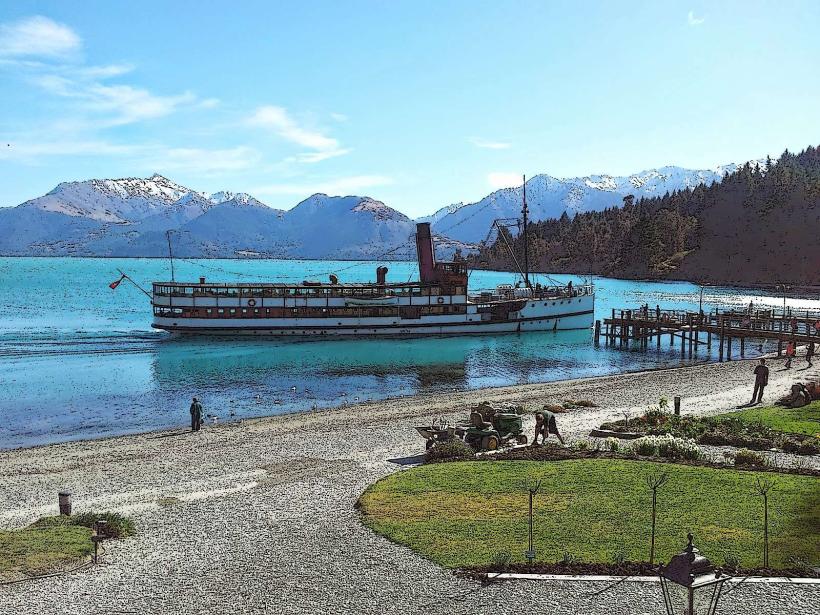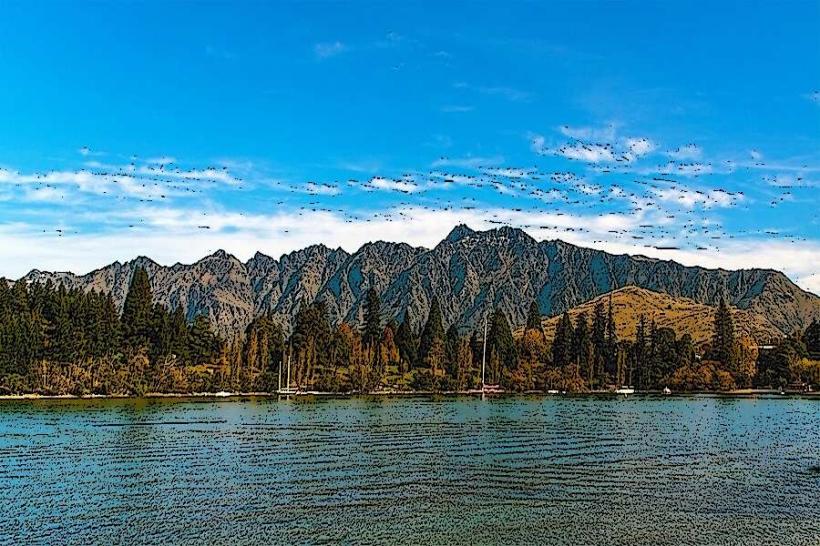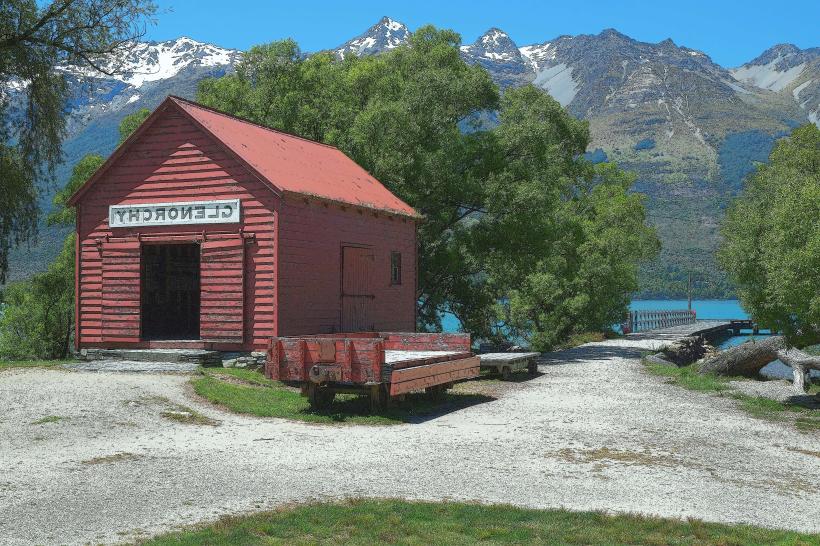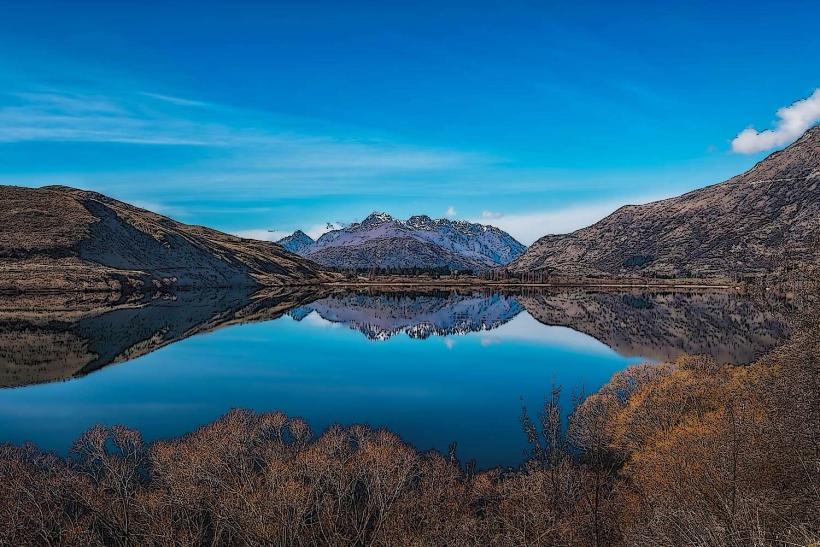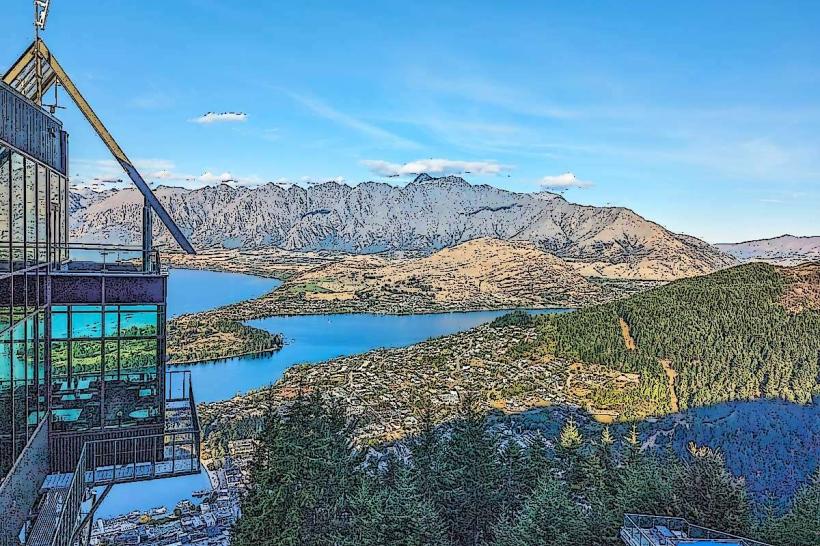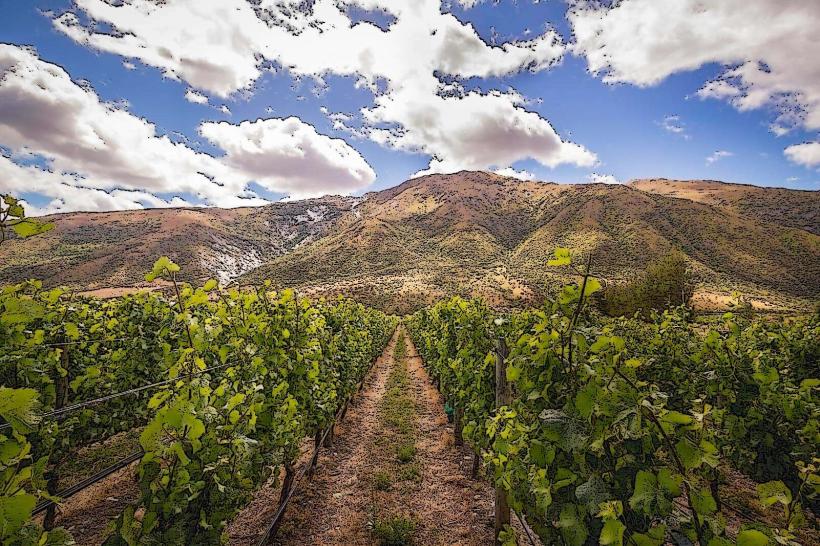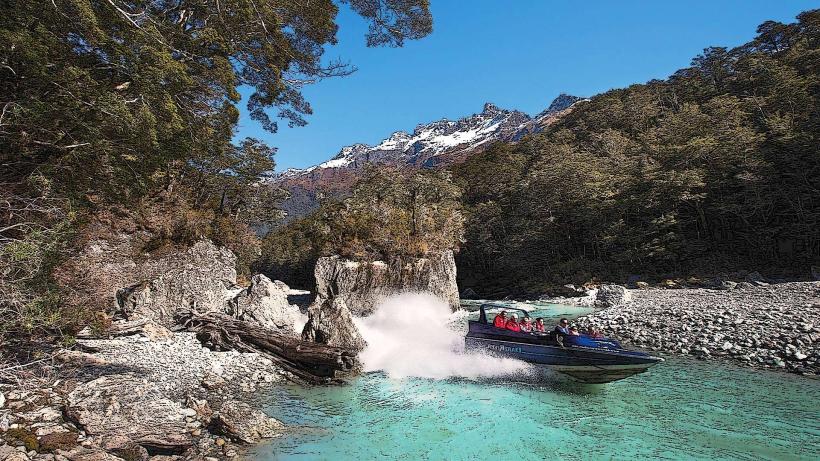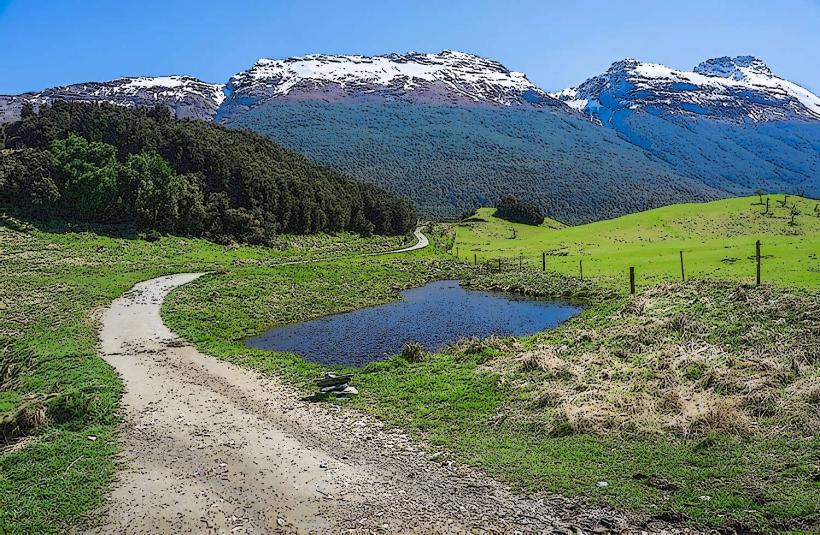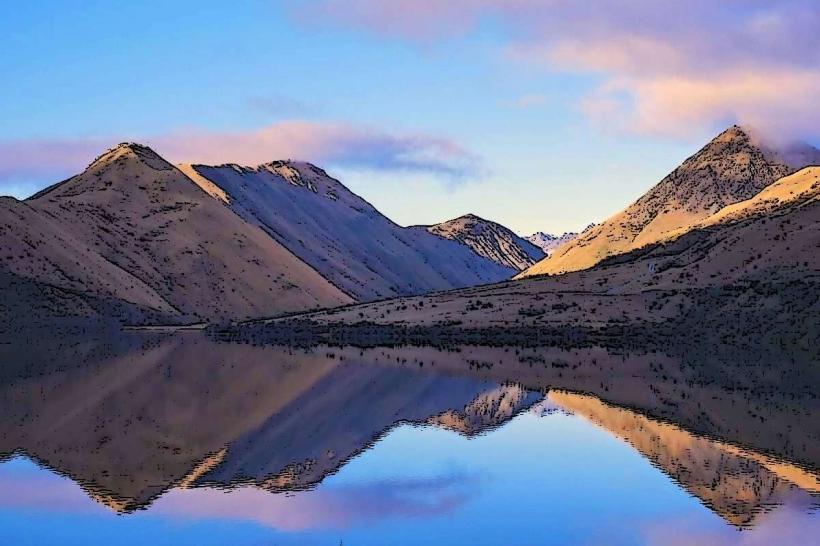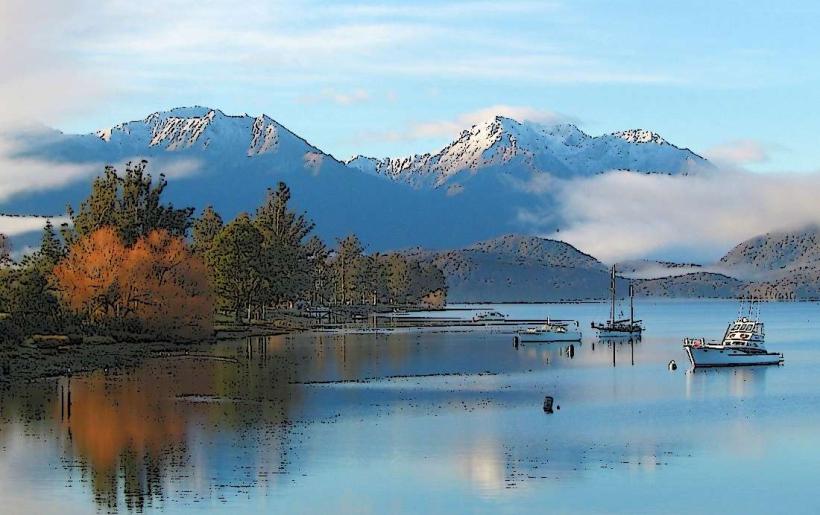Information
Landmark: Lake WakatipuCity: Queenstown
Country: New Zealand
Continent: Australia
Lake Wakatipu is the third-largest lake in New Zealand and one of the country’s most famous and picturesque natural landmarks. It is located in the Otago region on the South Island, with Queenstown situated on its northern shore. The lake is renowned for its stunning beauty, surrounded by snow-capped mountains, including the Remarkables to the east and the Cecil and Walter Peaks to the south.
Here’s a detailed look at Lake Wakatipu:
1. Geography and Size
Lake Wakatipu stretches approximately 80 kilometers (50 miles) in length and is up to 15 kilometers (9 miles) wide in some areas, covering an area of about 292 square kilometers. The lake has a distinctive "Z" shape, with several distinct bays and inlets, making it visually unique. Its maximum depth reaches 380 meters (1,247 feet), which contributes to its cool, clear waters.
2. Formation and Geological History
Lake Wakatipu was formed by glacial activity during the last Ice Age. The retreating glaciers carved out the lake’s long, narrow shape and deep basin, leaving behind stunning landscapes. The lake's unique shape and dramatic setting are a result of its glacial origins.
3. The "Shifting" Water Phenomenon
One of the most fascinating features of Lake Wakatipu is the "shifting" or "tides" that occur throughout the day. The water level rises and falls by about 10 centimeters (4 inches) every 27 minutes in a regular pattern. This is due to the seiche effect, a standing wave caused by the complex shape of the lake and its geography. It is a rare phenomenon and adds to the mystique of the lake.
4. Scenic Beauty and Surroundings
Lake Wakatipu is surrounded by breathtaking mountains and valleys, which create stunning views from every angle. The lake’s northern shore is lined with Queenstown, a popular resort town, while the southern and western shores are more remote and less developed, with vast forests and alpine landscapes. The dramatic backdrop of the Remarkables mountain range is particularly iconic, and the lake’s water often takes on varying shades of blue and green depending on the light.
5. Recreation and Activities
Lake Wakatipu is a hub for outdoor activities, both on the water and in the surrounding areas. Some of the most popular activities include:
- Boating and Cruises: Visitors can enjoy scenic boat cruises on the lake, including tours aboard the TSS Earnslaw, a historic steamship that has been operating since 1912.
- Fishing: The lake is a great spot for trout fishing, with both brown and rainbow trout inhabiting its waters.
- Water Sports: Activities like kayaking, paddleboarding, and jet boating are popular on the lake.
- Swimming: Though the water can be quite cold due to the lake’s depth and glacier-fed sources, swimming is still a popular summer activity in designated areas.
6. Tourism and Access
Queenstown, located on the northern shore, is the main entry point for visitors to Lake Wakatipu. The town serves as a hub for tourists looking to explore the lake, and it offers a wide range of accommodation, dining, and adventure tourism options. Queenstown is known for its stunning views of the lake, with several hiking trails providing panoramic vistas, such as the Queenstown Hill and Ben Lomond tracks.
7. Surrounding Nature Reserves and Parks
Lake Wakatipu is situated within an area of remarkable natural beauty, with several national parks, reserves, and conservation areas nearby. These include the Fiordland National Park to the west, Mount Aspiring National Park to the north, and The Remarkables Conservation Area. The diverse ecosystems around the lake include alpine forests, wetlands, and rivers, making it a haven for wildlife and birdwatching.
8. Cultural and Historical Significance
Lake Wakatipu holds cultural significance for the Māori people, with many local tribes holding historical ties to the area. The lake is associated with Māori legends, one of the most famous being the story of The Monster of Lake Wakatipu, which is said to have lived beneath the lake and caused its distinctive shape.
9. Weather and Climate
The climate around Lake Wakatipu is temperate, with four distinct seasons. Summers are typically warm and dry, while winters bring snowfall to the surrounding mountains, creating a stunning winter wonderland. Due to the surrounding mountain ranges, the area is also prone to sudden weather changes, and visitors are advised to be prepared for a range of conditions.
Overall, Lake Wakatipu is a must-see destination in New Zealand, known for its unparalleled natural beauty, diverse recreational opportunities, and rich history. Whether visiting for adventure, relaxation, or sightseeing, the lake’s stunning landscapes and tranquil waters make it one of the most iconic spots in the country.

